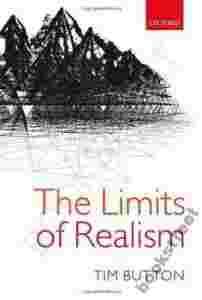THE LIMITS OF REALISM Tim Button

Aukcja w czasie sprawdzania była zakończona.
Cena kup teraz: 363.30 zł
Użytkownik bookstreet
numer aukcji: 4372125263
Miejscowość Kalisz
Wyświetleń: 5
Koniec: 27-07-2014 08:26:34
Dodatkowe informacje:
Stan: Nowy
Okładka: twarda
Kondycja: bez śladów używania
